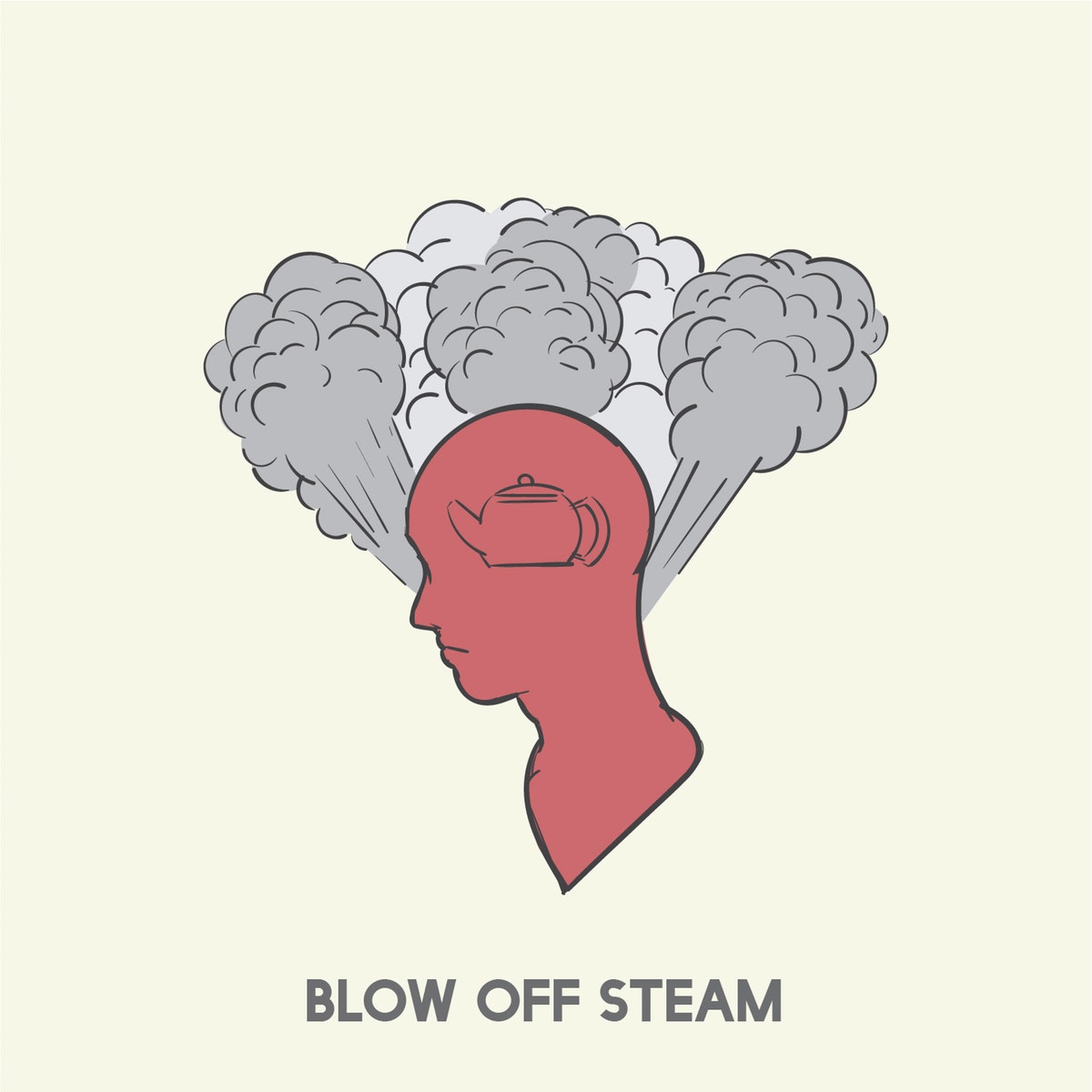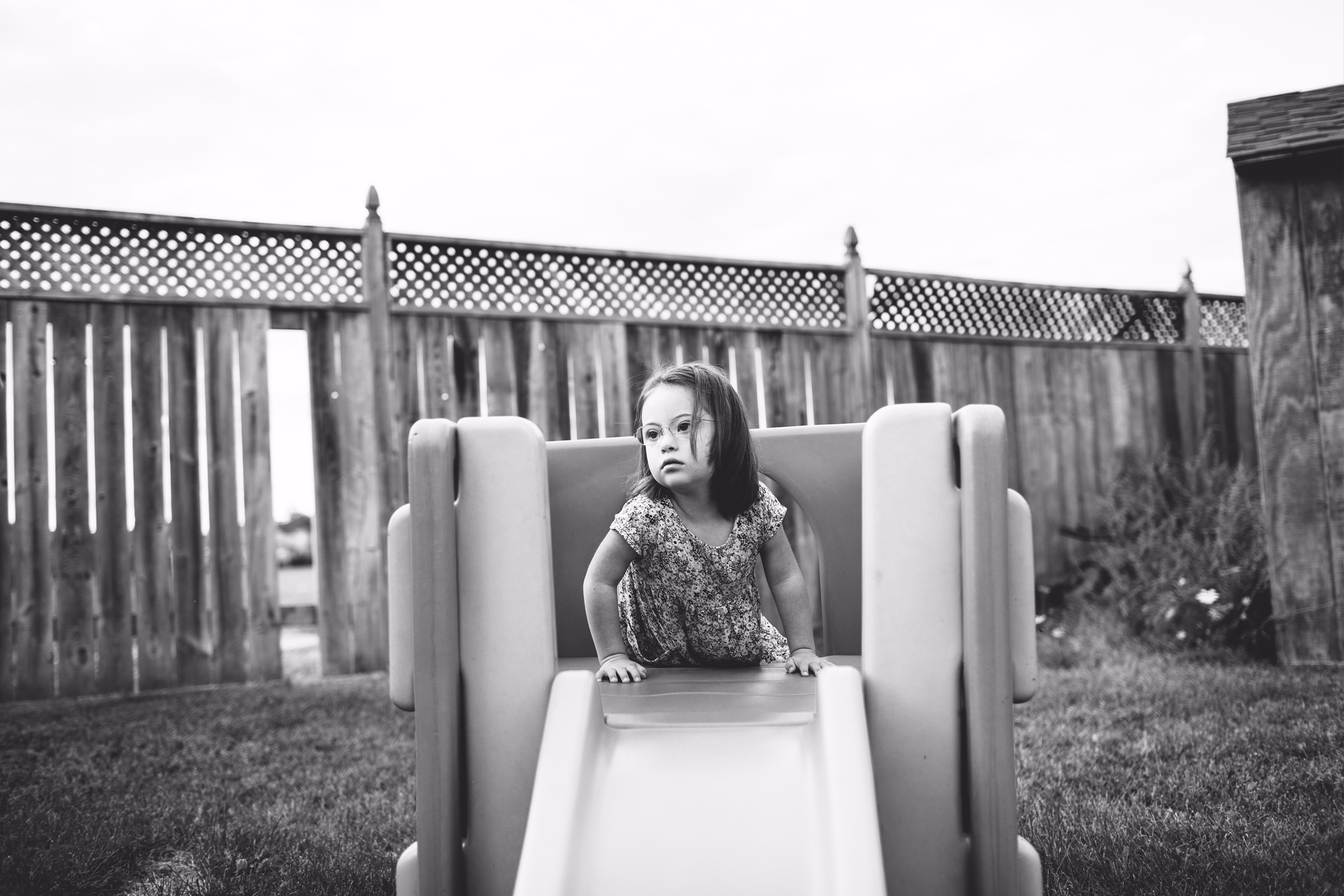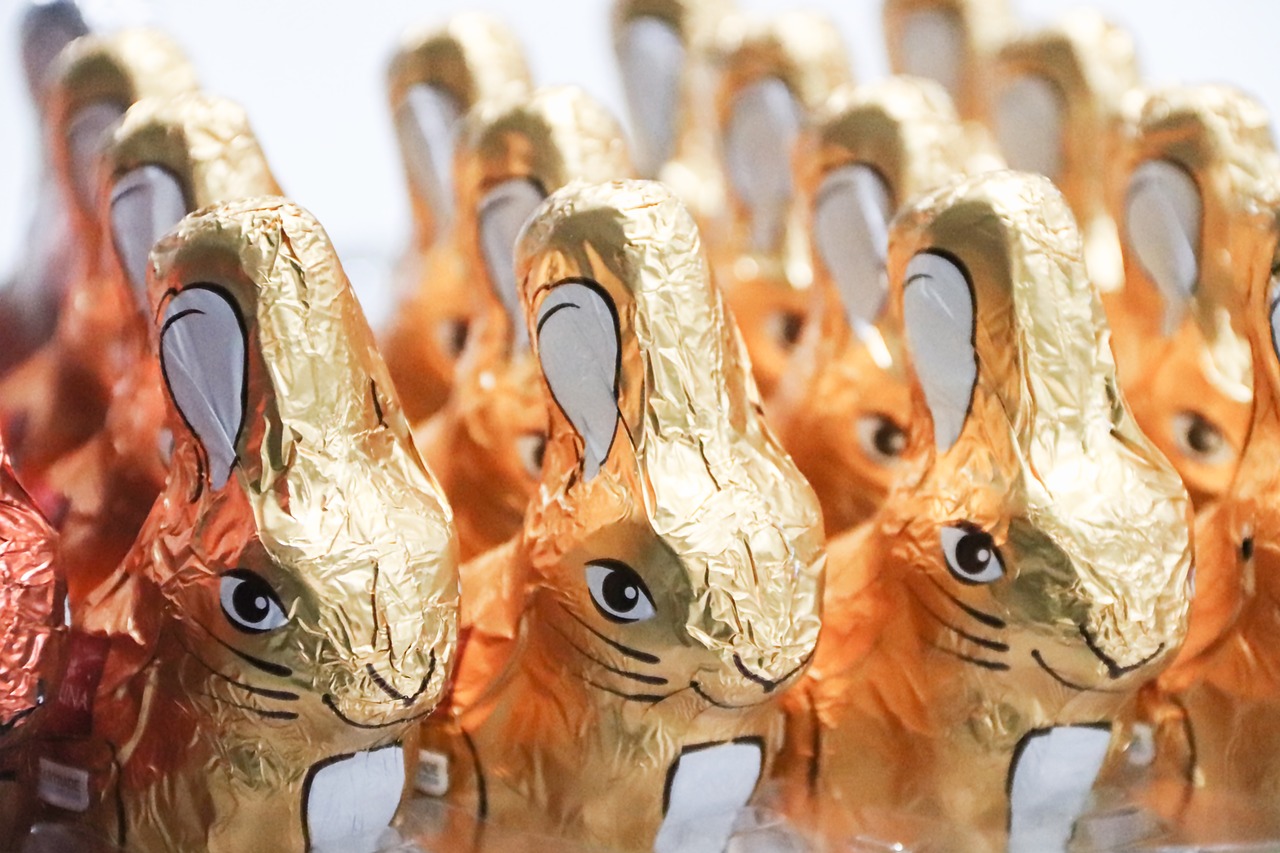I was going to write, “The Best Decision We Made…”, but truth be told, I’m the the one most often in charge of the children in our household; the one who received the advice and the one who frequently has to live with the consequences of our parenting decisions – be they good or bad, so I get to own this one. Let’s face it: I’m the stay-at-home mom, though I don’t like that stifling term. I prefer away-from-home mom because I’m always out doing things with the kids; or the work-at-home-with-kids-mom, as I transition back into the workforce on my own terms. But that doesn’t really have the same ring to it as stay-at-home mom, does it? Anyway, I am the one who pushed for this idea because I am a mom, and moms, in consultation with dads, know what’s best and get shit done. This one key decision would rise above the rest.
For many years, I’ve had moments of major guilt about relying on television and technology to help raise my children. This pattern began when Ariel was two and a half years old. I followed the screen recommendation times with her put out by the Canadian Pediatric Society – none until the age of two – then at two, I let loose. It’s no coincidence that Elyse came along at about the same time, and I needed a way to occupy Ariel while I was breastfeeding so that I knew she was safe. I really have no regrets about this. Are there better ways to have gotten through this time? Sure. But I needed to survive, and was getting little to no sleep. My husband travels for work, about a week out of every month, sometimes more, and often for several days to a week at a time. Since I’ve left teaching and become a full time parent, there have been meals to prepare, children to mind, a house to keep. These things don’t just happen magically, they require huge sacrifices of time and effort. Dan is one of the most supportive husbands I know, but there’s not much he can do to help when he’s away. I have no guilt about the use of a virtual babysitter during these years. I didn’t abuse it, in my opinion, and I used it to buy myself time to get dinner on the table. I don’t feel the shame of “not good enough” as a parent from these days, but I have felt it more in recent years.
You could argue adding the third child may be even more justification to turn on the TV and get a much needed break. But hold on a minute – how much TV or screen time in a day is too much, or just enough?
When Penelope, number three, was born, I did my best to protect her from screens as long as I could, but the problem was that her sisters were already addicted – and so was I. Our kids get up really early in the morning, often in the 5am hours. To grab some extra sleep, we commonly let them use their iPads until we were ready to parent. After school, especially in the Kindergarten years, I found the big kids were burned out and cranky at the end of the day, and in addition to their snack, what they wanted was time to relax after school. So I’d get the kids snack, and then let them use their iPads. When it was time for grade one, all of a sudden Ariel had homework, but Elyse was still beat, so Ariel would whine that Elyse got the iPad and she didn’t. I tried timing iPad sessions, but inevitably whenever I have to take the screens away, the kids are less than happy about it, even downright vicious.
I noticed my kids becoming different people when they sat behind a screen, but I felt powerless to change our routines. I NEEDED the time to get things done. I NEEDED TV to keep the kids calm so I could get dinner ready. I NEEDED IPads to keep them occupied and quiet – or did I?
Don’t get me wrong, iPads and technology, when used for good, can be extremely educational and worthwhile. Using iPads with your kids as a teaching tool can be excellent. Elyse learned every single letter of the English alphabet with the help of the Sesame Street App – thank you, Elmo! It’s just that we all know when you’re using the iPads to get a break, you aren’t sitting with your kids. They are sitting there, by themselves, watching TV. It was that part, the “by themselves” part about Netflix watching that was starting to get to me. That Penelope would choose a screen over playing with her toys when given the choice. That my kids would completely ignore me when watching their iPads. The problems were adding up. Worse still, with the arrival of warmer weather this year – FINALLY – if I let them, my kids were choosing their iPads, out of habit, after school, instead of going into our backyard to play in the beautiful sunshine. That did it. Enough was enough. It was time for me to take back my kids attention, fight inactivity and foster imagination and creative play. Screw you iPads, screw you (but also Thank You, for all those times I needed you, because there were truly times that I did and you helped me to survive.)
So the best decision I’ve made for my kids this year was to take away their iPads. No more iPads after school or first thing in the morning when they wake up. No more iPads for the big kids during Penelope’s afternoon naps on weekends. No more iPads period through the week all summer. I’m reclaiming my kids’ lives and making a case for letting them become bored, and building the necessary skills that arise when you have to figure out what to do with yourself.
I am in no way judging other parents, or trying to be self-righteous about this. I am only writing about this, because by golly, it worked! I thought my world would implode without iPads, but the results have been remarkable, though not without challenges.
After I declared the iPad ban was in effect, Ariel was stunned, flabbergasted, appalled. How could this be so? Then she started playing more with her sisters, and after a day or two, they all more or less forgot about iPads.
I’ve seen my kids make messes again with paints and scissors and glue, and I’m okay with that. All kinds of art projects are happening.
I’ve seen my kids taking turns, and being nice to each other, and playing games inside and out, and I’m more than okay with that, too.
I’ve seen my kids dealing with conflicts using some great strategies and some not-so-great strategies where I’ve had to intervene, but the point is, they are my kids, I want to teach them things, and I want them to be practising these social skills at home and with each other so that I can guide them. The iPads were taking away many, too many, social opportunities.
I’m seeing my kids work on new projects. I’m seeing Elyse and Penelope make up imaginative games, each of them showing more interest in books, drawing and writing.
I’m seeing better focus, and children who immediately come to the table at dinner or snack time, and wash their hands without issues when I ask them to because they are hearing me, and they’re more hungry from actually playing instead of sitting around.
I’m seeing the opposite of what I expected in terms of gaining more time for myself. I have children who are willing to help and who are observing me in the activities I’m performing. I need my kids to be observing me because otherwise how are they going to learn?
I’m seeing myself work through frustrating moments, and teaching my kids how to deal appropriately with their emotions in turn.
I’m seeing Ariel take on more responsibility. I’m seeing Elyse find her own things to do. I’m seeing Penelope play play play.
I’m seeing all of their innate sense of play in full force and we are engaging in more worthwhile conversations.
In essence, I’m seeing happier kids. I’m seeing kids as they should be. Kids in the wild. And I couldn’t be happier about it.
If after only four weeks, I have seen all of these changes, imagine what a whole summer will do, and then a next year, and the year after that? Imagine what projects my kids will choose to do with their free time and the lessons we’ll all learn from each other; the dance parties we’ll have and the extra time we will be spending together.
I don’t know about you, but my family needed the iPad break. Thanks to my friend who encouraged me to try it by sharing her own experience.
We are a complex culture. On the one hand, don’t give your kids TOO much screen time because TV will rot their brains. On the other hand, no screen time? How could you dare deprive your kids of the future?! There lies a balance somewhere, but I think for me, that balance holds greater weight on the “less technology is more” side at the moment. I myself gave up TV about two years ago, when I committed fully to reading. Something had to give. It’s not that I NEVER watch TV, it’s just that I save it for special occasions, like Raptors championship games or Game of Thrones or maybe the occasional movie. That is actually the list of all I have watched on TV in the past year to date. Giving up TV was a conscious decision, a choice I made, to make time for an activity I enjoy that informs and feeds my passion for writing. I have read something like sixty books so far half way into this year. It also comes down to this: I would much rather my kids got into book reading than TV watching.
While I have any influence at all, I need to use it for good and guide my girls back to the natural light. Something tells me my impact will be much greater, their memories from childhood more memorable and enduring, with the screens tucked safely away.








